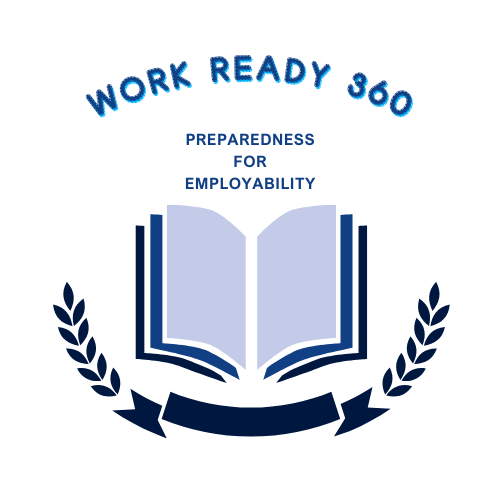Unlock Your Potential: Crafting a Powerful CV (2025 Guide)
Your CV is more than just a list of your past experiences; it’s your personal marketing document, your opportunity to make a compelling first impression on potential employers.
Whether you’re a recent graduate or a seasoned professional, understanding how to structure and present your CV effectively is crucial.
Understanding the Core Purpose of Your CV
The Oxford University Careers Service emphasizes that your CV should clearly and concisely communicate your skills, experience, and achievements in a way that is relevant to the specific job you are applying for. It’s not just about what you’ve done, but how those experiences make you the right candidate for this particular role.
Key Sections of a Winning CV
While the order and emphasis might vary slightly depending on your field and experience level, a standard CV typically includes these key sections:
- Contact Information: This might seem obvious, but ensure it’s accurate and professional. Include your full name, phone number, professional email address, and LinkedIn profile URL (if you have one and it’s up-to-date).
- Personal Statement/Professional Profile: This is your brief introduction, usually 2-4 sentences, summarizing your key skills, experience, and career aspirations. Tailor this section meticulously to each job you apply for, highlighting what makes you a strong match for that specific role.
- Education: List your qualifications in reverse chronological order, starting with your most recent degree. Include the degree name, the institution, the location, and the dates you attended (or expected graduation date). You might also include relevant modules or your thesis title, especially if you’re an early-career professional.
- Work Experience: This is the heart of your CV for most roles. Again, list your experience in reverse chronological order. For each position, include your job title, the name of the organization, the location, and the dates of employment. Crucially, use bullet points to describe your responsibilities and, more importantly, your achievements. Focus on what you accomplished and the impact you made, using action verbs to start each bullet point.
- Skills: Create a dedicated section to highlight your relevant skills. You can categorize these into technical skills (hard skills) and transferable skills (soft skills). Provide specific examples where you’ve demonstrated these skills in your education or work experience.
- Interests and Activities (Optional but Recommended): Including relevant interests and activities can give employers a more rounded picture of you as a person. Focus on those that demonstrate transferable skills like teamwork, leadership, or communication, or those that are relevant to the industry or role.
- References: Typically, you would state “References available upon request” rather than listing them directly on your CV due to space and privacy considerations.
Essential Formatting Tips for Readability and Impact
The importance of clear and consistent formatting:
● Keep it Concise: Aim for 1-2 pages. Be selective about what you include and ensure every piece of information adds value.
● Use a Professional Font: Opt for clear and readable fonts like Arial, Calibri, Times New Roman, or similar (size 10-12).
● Maintain Consistent Formatting: Use the same font, font size, bullet point style, and date format throughout your CV.
● Utilize White Space: Don’t overcrowd the page. Use margins and spacing to make it easy for recruiters to scan and digest the information.
● Use Action Verbs: Start your bullet points in the work experience section with strong action verbs to describe your responsibilities and achievements (e.g., “managed,” “developed,” “analyzed,” “implemented”).
● Quantify Your Achievements: Whenever possible, use numbers, percentages, or specific examples to demonstrate the impact of your work. For example, instead of saying “Improved customer service,” say “Improved customer satisfaction scores by 15% through the implementation of a new feedback system.”
● Tailor Your CV: Customize your CV for each job application, highlighting the skills and experiences that are most relevant to the specific 1 role and the employer’s requirements.
● Proofread Meticulously: Ensure your CV is free of grammatical errors and typos. Ask someone else to proofread it as well.
● Save as a PDF: This ensures your formatting remains consistent across different devices and operating systems.
The Importance of a Strong Personal Statement
The personal statement is a crucial element, especially for early-career professionals. It’s your chance to grab the reader’s attention and articulate your career goals, relevant skills, and why you are interested in the specific opportunity or sector.
Key Takeaway: Your CV is a dynamic document that should evolve as your career progresses. By focusing on clarity, relevance, and showcasing your achievements, you can create a powerful tool that opens doors to exciting opportunities.
Source: Based on information from “CVs | Oxford University Careers Service”
Source: CVs | Oxford University Careers Service

